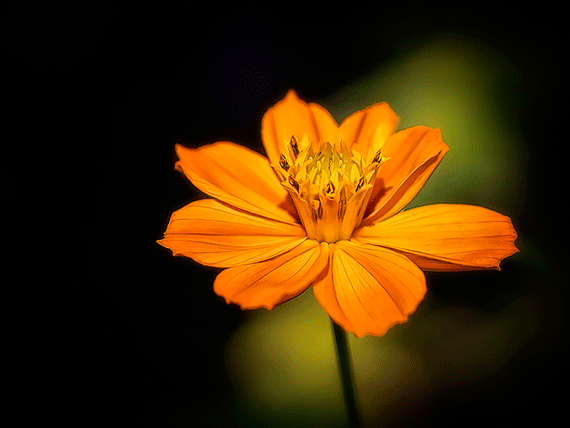No wonder flower photography is extremely popular and one of the most common images in the world of photography. Flowers can lift your spirits. In addition, there are many varieties, which makes the photographs you capture different and evoke different emotions. To get the most out of these “current” images, see the following flower photography tips.
Zooming in as closely as possible will give the image details a more dramatic effect; However, the only way to get a high-quality close-up of flower photography is by using a specialized macro lens (50mm to 200mm). reveal details that are impossible to detect with the naked eye. This feature gives a new and interesting perspective to the main element of flower photography. A close-up of the petals and buds of a flower or drops of water can enhance your image.
- Once you have macro lenses in your hand.
- It’s important to use selective focus.
- Making the whole image clear means that there is not a single focus point; Therefore.
- Choose a single detail of the main element of your photo and make it clearer than the rest.
- For an ideal look.
- Choose a low ISO and use a tripod so that the photo doesn’t get blurry.
- Something very easy to achieve in macro photos.
When photographing outdoors, as most photographs of flowers are taken, we can find different weather conditions, for example, on a clear and sunny day, you have to balance the sun a lot, on cloudy days, make sure the image is not too dark. .
If you want to create additional interest, think about how you compose your flower photographs. Don’t forget the rule of thirds, play frame the main element of your image. Tilt the camera for an interesting view and a slightly twisted horizon. You can use the sun creatively, pointing it at the camera so that the rays of light add a special touch to the photo.
A great way to bring the look of an outdoor studio is to use colorful backgrounds (in some situations, you can simply bring flowers to a studio). Colorful backgrounds are easy to find. To use them, place them behind the flower you’re photographing and choose a complementary or contrasting color to highlight the petals.
Flowers are not only petals, but also leaves. With a creative style, carefully choose the details and texture patterns you can see to represent flower photographs. Use a macro lens to get the best magnification quality. Shoot at a low ISO, 50 or 100, for the best color and best quality.
Photograph the camera at shallow depth of field, around f/4 to make the background look blurry, highlighting the flower. If it is outside and very clear, consider low exposure to highlight the details of the flower, leaf, and stem.
There are tools that make it easy to highlight flower images; A macro lens with an aperture of f/2. 8 is ideal for the task. A tripod is also a good accessory to avoid ‘tremors’.
One of the great advantages of flowers is that they can be found almost everywhere. There may be daisies in your garden; You can buy a bouquet at a flower shop. or you can go to a park with large gardens, but remember: don’t take anything from nature that isn’t yours.

